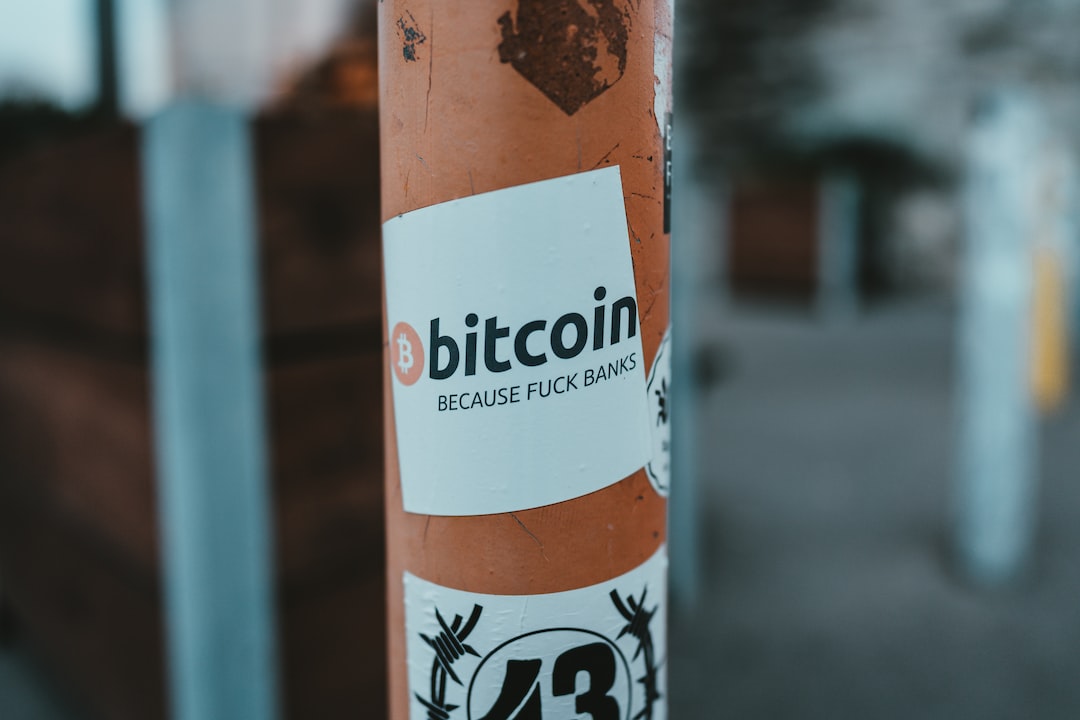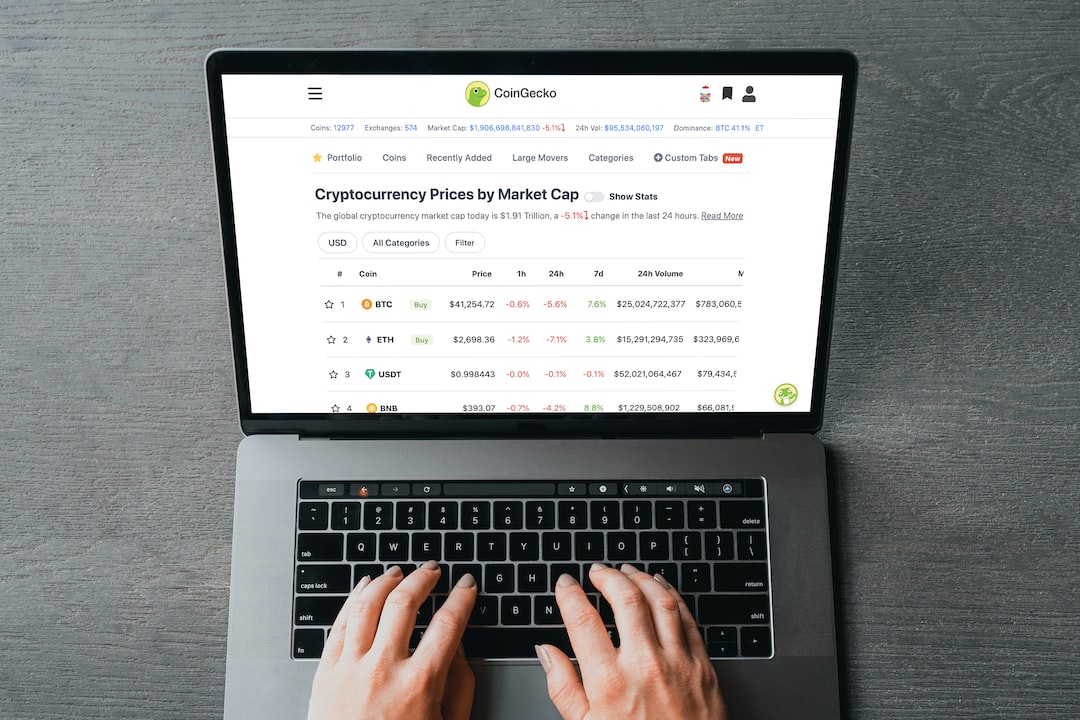The Rise and Risks of Algorithmic Stablecoins
Algorithmic stablecoins have gained significant attention following the collapse of Terra-Luna, which resulted in the loss of over $40 billion in investor wealth in May 2022. This event has left many crypto investors skeptical about algorithmic stablecoins. In this article, we will explore what algorithmic stablecoins are and the risks associated with them.
Understanding Algorithmic Stablecoins
Algorithmic stablecoins are digital currencies that use computer algorithms and smart contracts to stabilize their value. Unlike centralized stablecoins backed by physical assets or decentralized stablecoins over-collateralized with cryptocurrency, algorithmic stablecoins often operate under-collateralized. This means they don’t rely on a reserve of assets for their value.
These stablecoins utilize balancer or share tokens to absorb market volatility and maintain their peg. For example, the TerraUSD stablecoin interacts with the governance token Luna to stabilize its value. When TerraUSD’s value rises above $1, Luna holders can profit by exchanging their Luna for TerraUSD. Conversely, when TerraUSD’s value falls, traders can benefit by exchanging it for Luna, reducing the supply and increasing the price.
Types of Algorithmic Stablecoins
There are different types of algorithmic stablecoins with unique characteristics:
- Rebasing algorithmic stablecoins: These stablecoins adjust their token supply based on the token’s price over time. For example, Ampleforth protocol uses a rebasing feature.
- Seigniorage algorithmic stablecoins: This model involves a stablecoin and seigniorage shares. Basis Cash and Luna/UST are examples of seigniorage algorithmic stablecoins.
- Fractional algorithmic stablecoins: These stablecoins combine features of fully algorithmic and fully collateralized stablecoins to reduce custodial risks. Frax is an example of a fractional algorithmic stablecoin.
Trading Risks and Benefits
Algorithmic stablecoins have their own set of risks and benefits that traders should be aware of. On one hand, they embody decentralization and operate through auditable code without regulatory oversight. This eliminates the risk of user error and introduces the concept of seigniorage in the crypto ecosystem.
However, these stablecoins are vulnerable to de-pegging risk and require sufficient demand to function properly. In times of crisis, they can experience significant instability due to traders acting on ambiguous information, leading to a drop in their price. The de-pegging event of TerraUSD serves as an example of these risks.
Regulation of Algorithmic Stablecoins
It’s important to note that algorithmic stablecoins currently operate in a largely unregulated space. While the decentralization and transparency they offer can be appealing, it also means there are fewer protections for investors. The collapse of Terra-Luna has sparked calls for greater regulation in this sector.
Hot Take: Evaluating the Future of Algorithmic Stablecoins
Algorithmic stablecoins have revolutionized the crypto market with their unique approach to maintaining stability. However, their inherent risks and lack of regulation raise concerns about their long-term viability. As the industry evolves, it is crucial for investors to carefully assess the benefits and drawbacks before engaging with algorithmic stablecoins. Striking a balance between innovation and investor protection will be key to shaping the future of this emerging sector.





 By
By
 By
By
 By
By
 By
By

 By
By